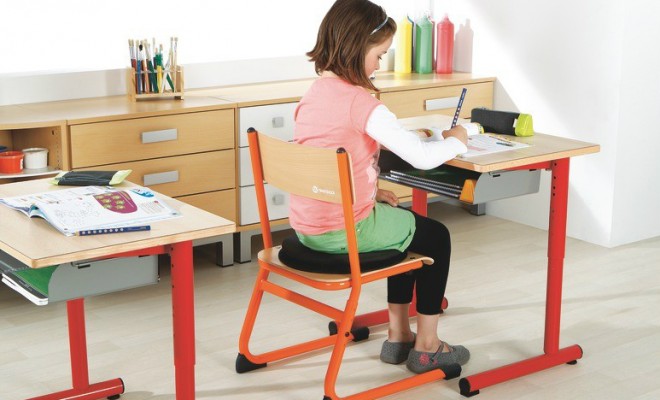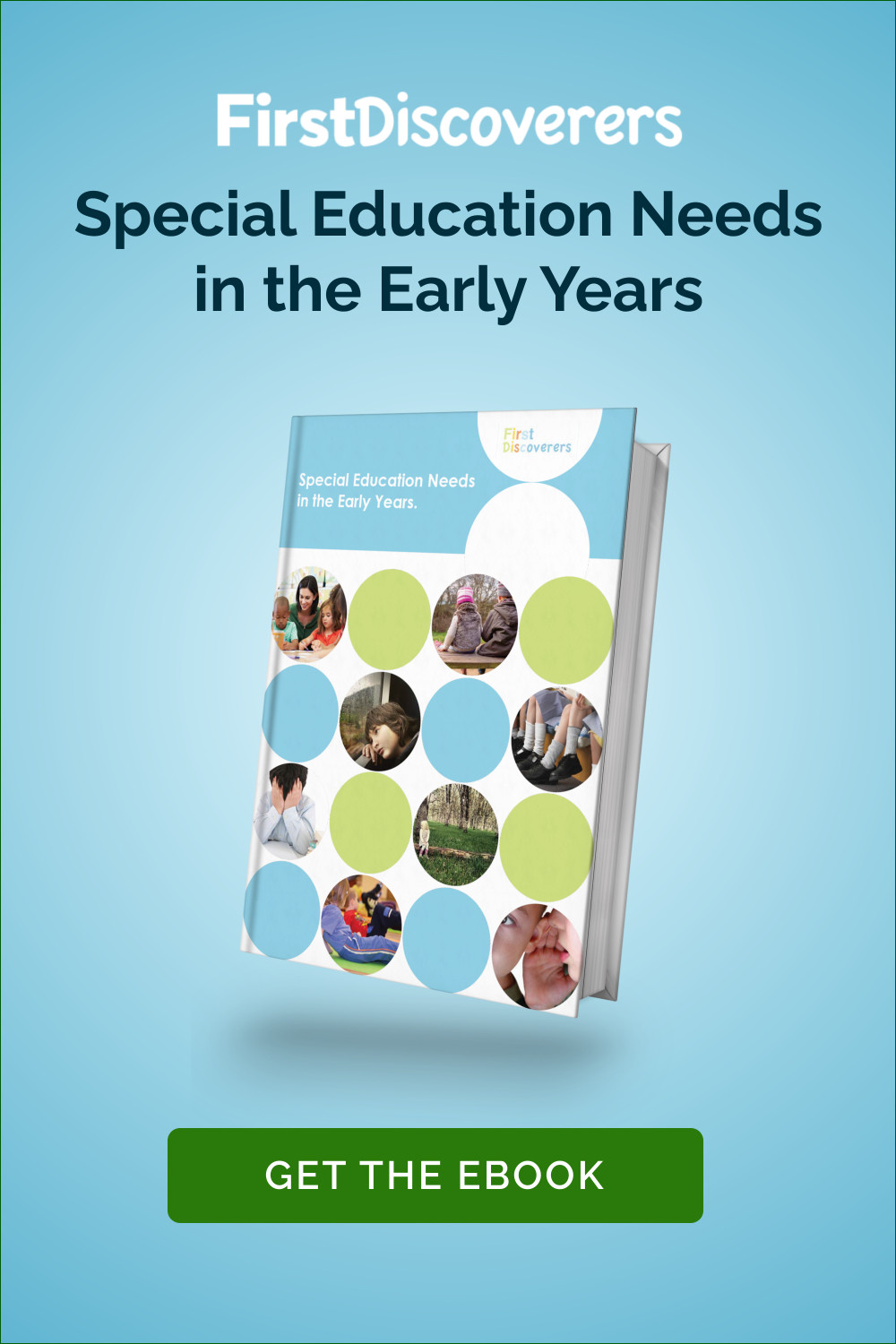
Childcare Environments
How to Help Children Concentrate
Concentration is a voluntary act which takes effort on the part of the child. Many children get distracted easily, finding it difficult to channel their energy, which can hinder their academic success. Cerebral imaging shows that important structural changes takes place in children well into the age of puberty.
The brain of a child has strong cognitive potential but is far from reaching its emotional maturity. Therefore, carers must know how to manage children’s emotions in order for them to learn effectively. Emotions can disrupt both intellectual and social skills of children. This includes negative and positive emotions such as fear, joy, sadness, disgust and surprise.
Helping Children Concentrate
Items like these Smiley Grading Stickers are useful for encouraging initiative and rewarding child concentration.
Blogger and special assistant teacher, Leni Cassagnettes, suggests that seating aids are the key to helping some children concentrate, saying, “For very active children, who have trouble remaining seated, and children with ADHD, I often offer them a seat cushion.” But, as opposed to acting just as a comfort aid, she suggests by actively allowing for movement, options like this encourage concentration. “These allow them to move around slightly while staying on the chair, facilitating concentration.”
Here are our top six tips for aiding child concentration:
– Respect the appropriate sleeping times of children, corresponding to their age.
– Suggest study breaks, which should be calm and include relaxation exercises or calming music.
– For active children, provide regular individual sessions and let them lead games.
– Offer daily physical activity
– Provide the child with daily routines and a coherent structure
– Monitor sources of stress.
Squeezy Ball [1], Pivoting Wobble Cushion [2], and Cushion Pads [3]






You must be logged in to post a comment Login